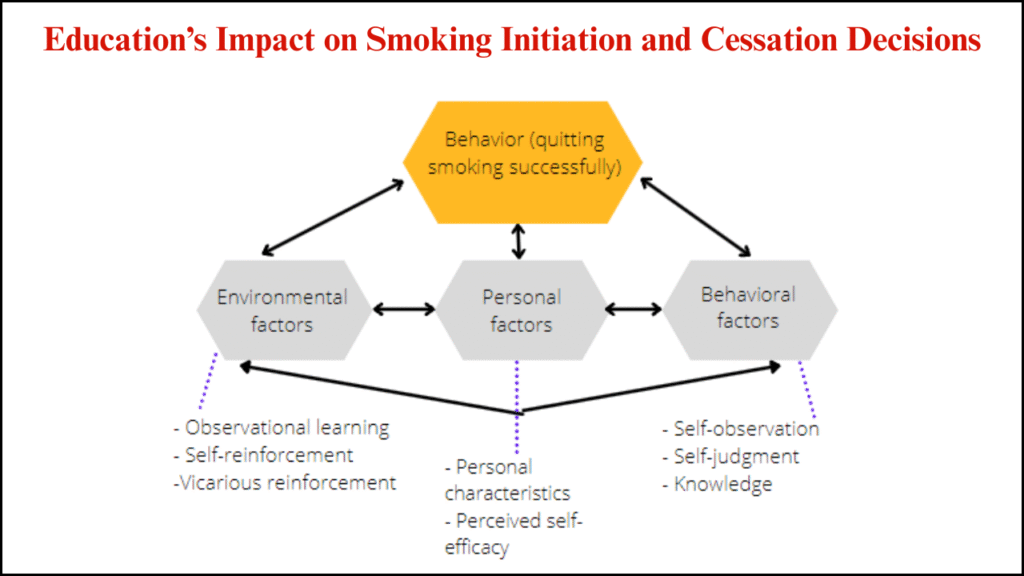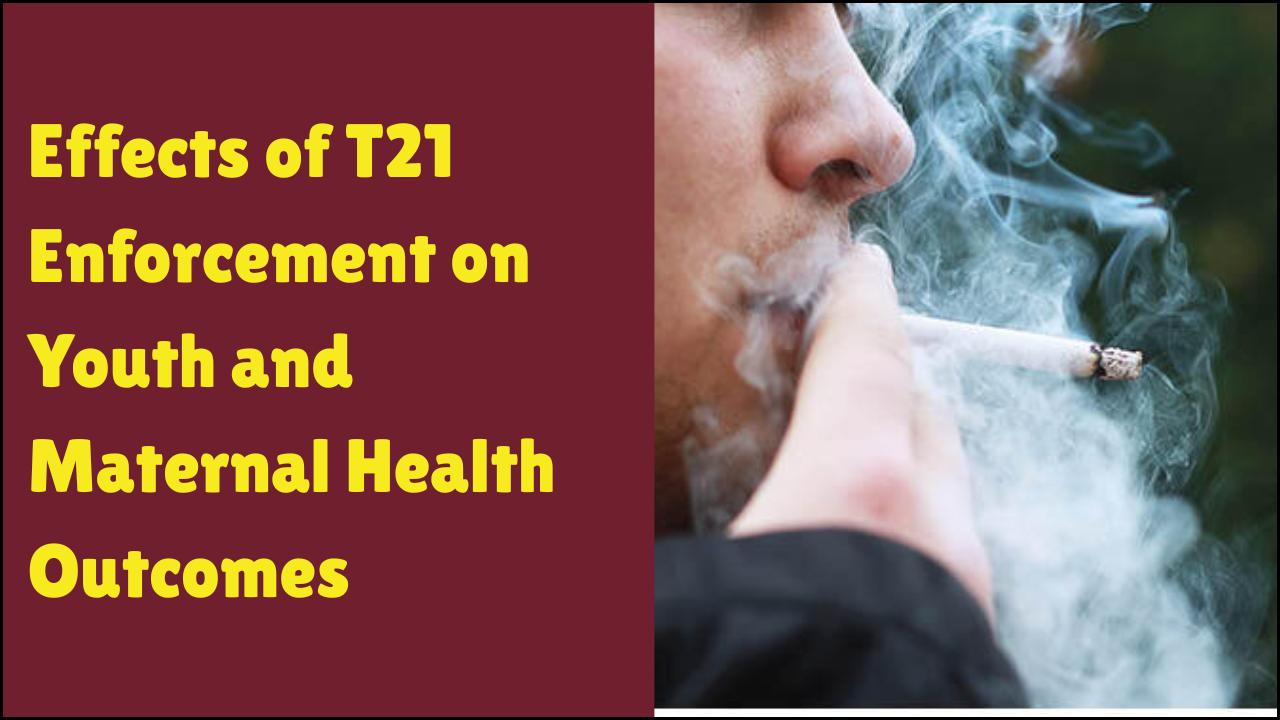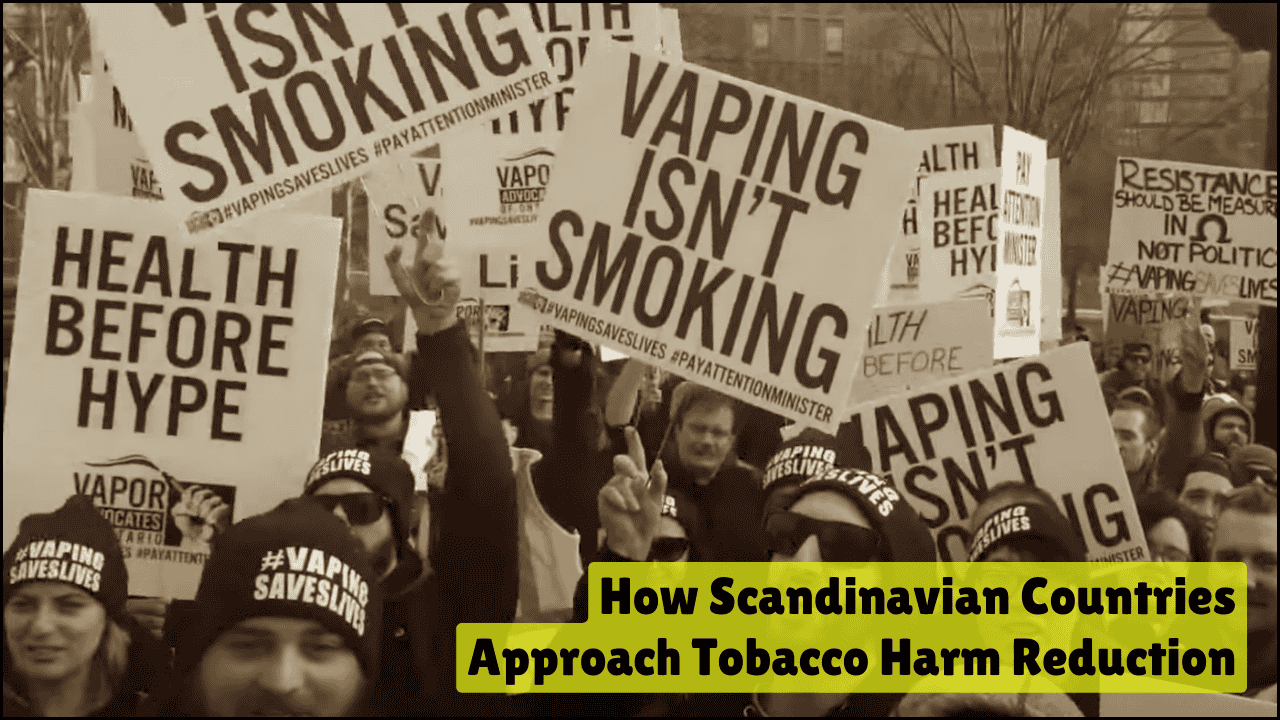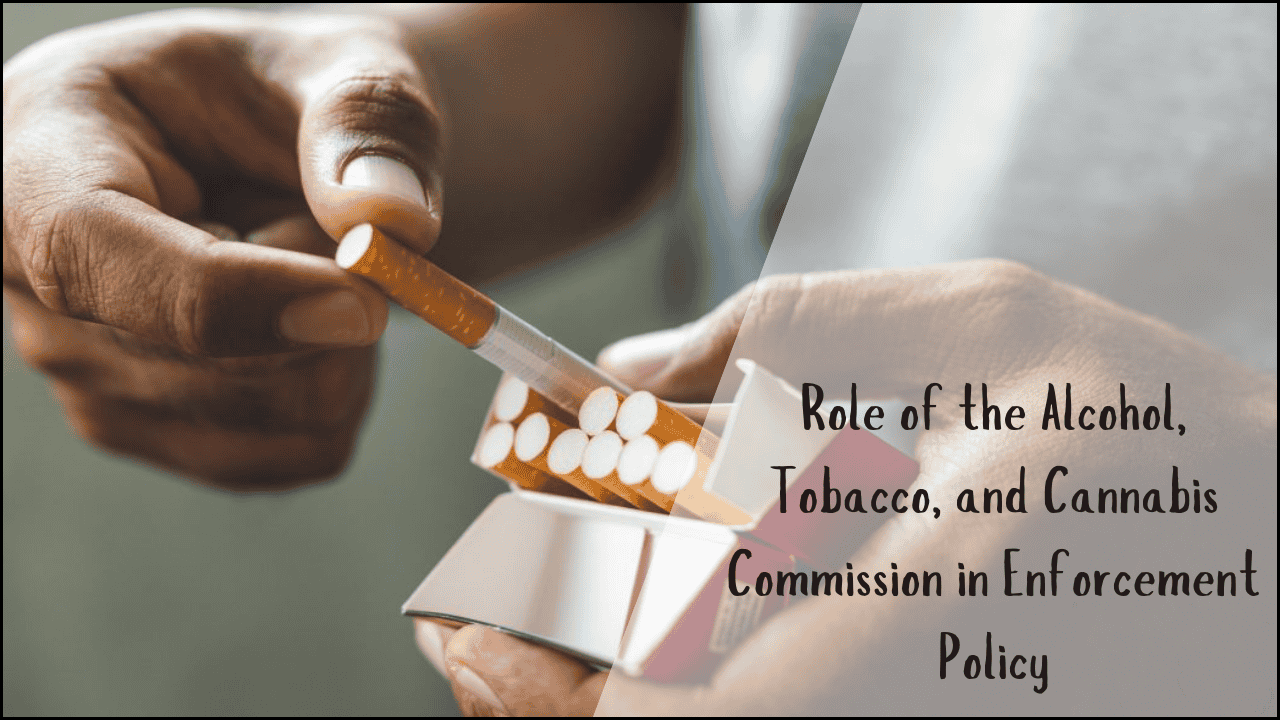
Education plays a critical role in shaping lifestyle choices, and smoking behavior is one of the most influenced areas. Knowledge gained through formal education not only provides awareness of the health consequences of smoking but also creates an environment where critical decision-making and self-control are strengthened. Educational background influences when individuals start smoking, how frequently they continue the habit, and their ability to quit later in life. A closer look at the relationship between education and smoking reveals deep social, psychological, and behavioral dimensions.
Table of Contents
Education and Smoking Initiation
- Early Exposure and Peer Influence
- Adolescents with lower educational opportunities face higher risks of peer influence.
- Schools offering strong awareness programs delay initiation of smoking.
- Lack of structured educational guidance often leads to early experimentation.
- Awareness of Health Risks
- Educated individuals are more likely to understand risks such as lung cancer, cardiovascular diseases, and addiction.
- Access to health-related curricula reduces curiosity-driven smoking.
- Socioeconomic Environment
- Families with higher education levels tend to discourage smoking.
- Lower education correlates with higher exposure to smoking role models.
Education and Smoking Cessation
- Decision-Making Power
- Education enhances critical thinking, helping individuals resist addiction.
- Educated smokers use problem-solving skills to identify quitting strategies.
- Access to Resources
- Higher education often correlates with better access to cessation aids such as nicotine replacement therapy.
- Internet literacy allows educated individuals to seek online support groups.
- Perceived Future Value
- Education instills a long-term perspective, motivating individuals to protect their health for career and family.
- Lower education levels often limit future-oriented thinking, making cessation less prioritized.
Psychological Mechanisms Linking Education and Smoking
- Self-Efficacy: Education fosters confidence in the ability to quit.
- Health Literacy: Understanding medical information helps interpret risks.
- Stress Management: Educated individuals often adopt non-smoking coping mechanisms.
- Social Networks: Education creates environments where smoking is less socially accepted.
Comparative: Education’s Role in Smoking Initiation vs. Cessation
| Aspect | Smoking Initiation | Smoking Cessation |
|---|---|---|
| Knowledge Level | Lack of awareness increases the risk of starting early. | Awareness of risks encourages quitting. |
| Peer Influence | Strong among less educated groups. | Educated networks discourage smoking and support quitting. |
| Decision-Making Skills | Limited skills lead to impulsive experimentation. | Advanced reasoning improves cessation planning. |
| Access to Information | Less exposure to health education increases vulnerability. | Access to digital and professional resources aids cessation. |
| Family Background | Parents with low education may normalize smoking. | Families with education encourage quitting. |
| Long-Term Thinking | Short-term focus leads to early smoking initiation. | Future-oriented mindset strengthens motivation to quit. |
Case Examples of Education’s Impact
- High School Graduates
- More likely to delay smoking initiation compared to dropouts.
- Greater exposure to anti-smoking campaigns in schools.
- University Students
- Lower prevalence of smoking due to strong peer norms.
- Higher success rates in cessation attempts.
- Adults with Limited Education
- Higher dependence on nicotine due to prolonged exposure.
- Reduced success in quitting because of limited access to resources.
Factors Reinforcing Education’s Role
- Policy Support
- School-based campaigns help prevent smoking initiation.
- Workplace education programs support cessation.
- Cultural Norms
- Educated societies view smoking as socially undesirable.
- Less educated communities often consider smoking socially acceptable.
- Economic Influence
- Education leads to higher income, making individuals less likely to prioritize cheap tobacco use.
- Poverty and low education reinforce dependency on smoking.
Psychological, Social, and Economic Effects of Education on Smoking
| Dimension | Impact on Initiation | Impact on Cessation |
|---|---|---|
| Psychological | Curiosity without risk awareness promotes experimentation. | Strong willpower and self-regulation support quitting. |
| Social | Peer pressure dominates where education is weak. | Educated peers provide encouragement and accountability. |
| Economic | Limited prospects push individuals into stress-related smoking. | Financial stability reduces reliance on cigarettes as a coping mechanism. |
| Behavioral | Early smoking habits form when education is absent. | Educated individuals replace smoking with healthier habits. |
| Health Literacy | Inability to understand the long-term consequences of smoking. | The Ability to comprehend medical advice supports cessation planning. |
Educational Interventions That Work
- School-Based Programs
- Interactive workshops highlighting the dangers of smoking.
- Peer-led campaigns showing real-life consequences.
- University and Workplace Initiatives
- Access to counseling services.
- Stress management workshops that reduce reliance on nicotine.
- Government and NGO Support
- Free educational campaigns in rural schools.
- Community-based health awareness sessions.
Impact of Global Studies
- Developed Nations
- Countries with strong educational systems report lower smoking rates.
- Education-based anti-smoking programs have reduced youth smoking prevalence.
- Developing Nations
- Lower education levels result in higher smoking initiation rates.
- Limited resources for cessation programs hinder quitting efforts.
Future Pathways
- Integration of Technology
- Digital apps and e-learning can spread smoking awareness among youth.
- Virtual support groups can strengthen quitting decisions.
- Policy Reforms
- Mandatory anti-smoking curriculum in schools.
- Subsidized cessation programs linked to educational institutions.
Key Differences Between Educated and Less Educated Smokers
| Category | Educated Smokers | Less Educated Smokers |
|---|---|---|
| Initiation Age | Often delayed due to awareness. | Usually earlier due to peer pressure and lack of knowledge. |
| Awareness of Risks | High, with strong understanding of long-term consequences. | Limited understanding of chronic health impacts. |
| Cessation Success Rate | Higher due to planning and resource access. | Lower due to lack of support and fewer coping mechanisms. |
| Social Support | Surrounded by peers discouraging smoking. | Often part of communities where smoking is normalized. |
| Health Literacy | Strong, enabling interpretation of medical advice. | High, with a strong understanding of long-term consequences. |
The Bottom Line
Education emerges as a central factor influencing both smoking initiation and cessation decisions. Early exposure to structured learning delays experimentation, while continued education strengthens the skills necessary for quitting. Knowledge, awareness, decision-making, and social environments built through education form protective layers against smoking. Greater investment in education at all levels can act as a powerful tool to reduce smoking prevalence and promote healthier societies.






